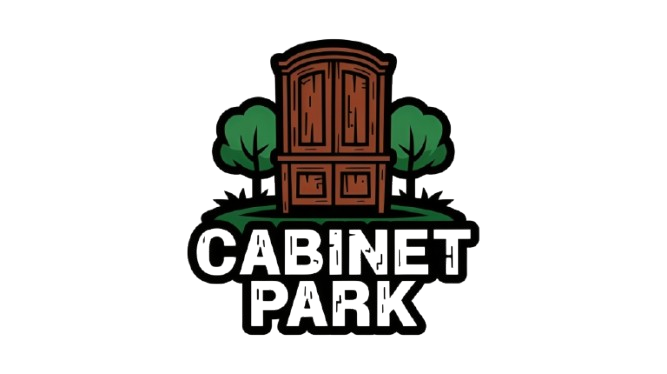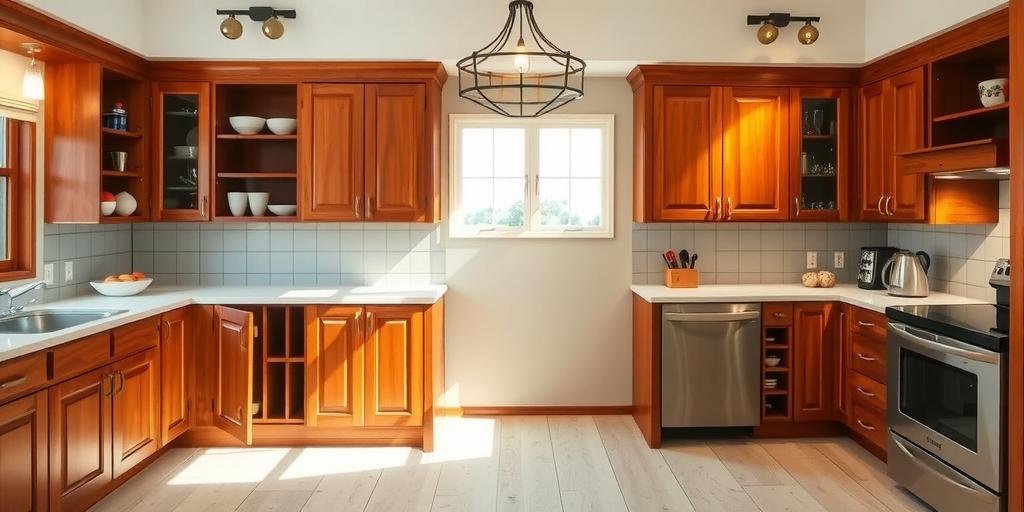Properly cleaning cabinets before painting is essential for achieving a smooth, long-lasting finish. This guide will walk you through the entire process, from gathering supplies to removing stubborn grease and prepping surfaces. Whether you’re tackling kitchen cabinets or bathroom vanities, these expert tips will help you prepare your cabinets like a pro.
Why Cleaning Cabinets Before Painting Is Crucial
Skipping the cleaning step can lead to poor paint adhesion, uneven coverage, and a less durable finish. Cabinets accumulate grease, grime, dust, and residues over time, which can prevent paint from sticking properly. Thorough cleaning ensures:
- Better paint adhesion
- A smoother, more professional finish
- Longer-lasting, chip-resistant results
- Removal of contaminants that can react with paint
Essential Supplies for Cleaning Cabinets
Gather all necessary materials before starting your project. Here’s a list of recommended supplies:
| Supply | Purpose |
|---|---|
| Degreaser or TSP (trisodium phosphate) | Breaks down grease and stubborn dirt |
| Mild dish soap | General cleaning of dust and light grime |
| Warm water | Dilutes cleaning solutions and rinses surfaces |
| Non-abrasive scrub pads or sponges | Scrubs surfaces without scratching |
| Soft microfiber cloths | Wiping and drying cabinets |
| Bucket | Mixing cleaning solutions |
| Rubber gloves | Protects hands from harsh chemicals |
| Screwdriver | Removing cabinet hardware |
Step 1: Prepare Your Workspace
Before you begin cleaning, make sure to:
- Remove all cabinet contents such as dishes, food, or toiletries
- Take off doors, drawers, and hardware using a screwdriver
- Label all parts to make reassembly easier
- Lay drop cloths to protect floors and counters from splashes
- Ensure good ventilation by opening windows or using fans
Step 2: Dust and Dry Wipe Cabinets
Start by removing loose dust and cobwebs using a microfiber cloth or vacuum attachment. This initial dry cleaning step prevents dirt from turning into a sticky mess when wet.
Step 3: Mix Your Cleaning Solution
Using Dish Soap
For light dirt:
- Mix a few drops of mild dish soap with warm water in a bucket
- Dip a sponge, wring out excess water, and wipe down all surfaces
Using Degreaser or TSP
For heavy grease and grime:
- Follow manufacturer’s instructions to dilute degreaser or TSP
- Wear rubber gloves for protection
- Apply with sponge or scrub pad and let sit for a few minutes on stubborn areas
Note: TSP is a powerful cleaner but can be harsh. Always rinse thoroughly after use.
Step 4: Scrub Away Grease and Residues
Focus on areas around handles, knobs, and cooking zones, which accumulate the most grime. Use a non-abrasive scrub pad to gently scour sticky spots without damaging the cabinet surface.
Common Problem Areas to Target
- Above the stove – grease build-up from cooking vapors
- Near handles – oils transferred from hands
- Lower cabinet edges – splashes from mopping or spills
Step 5: Rinse Thoroughly
Once cleaned, rinse all cabinet surfaces with clean water and a fresh cloth to remove soap, degreaser, or TSP residues. Any leftover cleaner can interfere with paint adhesion.
Step 6: Dry Completely
Use a dry microfiber cloth to wipe down all surfaces. Let cabinets air dry fully for at least an hour before proceeding. Moisture trapped under paint can cause peeling and mildew.
Step 7: Additional Prep Before Painting
After cleaning, further prepare your cabinets for painting:
- Fill holes and cracks with wood filler, then sand smooth
- Sand all surfaces lightly with fine-grit sandpaper (120-220 grit) to create a surface that paint can grip
- Remove sanding dust with a tack cloth or vacuum
- Apply primer before your final paint coats for best results
Alternative Cleaning Methods for Different Cabinet Materials
Cabinet cleaning techniques may vary based on the cabinet’s construction:
| Cabinet Material | Recommended Cleaning Method | Notes |
|---|---|---|
| Wood (sealed) | Dish soap or degreaser, rinse well | Avoid soaking to prevent warping |
| Wood (unsealed/raw) | Mild soap only, minimal water | Do not use harsh chemicals |
| Laminate | Dish soap or gentle degreaser | Do not sand aggressively |
| Metal | Degreaser, rinse and dry thoroughly | Ensure rust is removed before painting |
Tips for Best Cleaning Results
- Work in sections to avoid missing spots
- Change water frequently to avoid spreading grease
- Use gentle circular motions when scrubbing
- Allow plenty of drying time before sanding or priming
- Protect surrounding surfaces to minimize mess
Common Mistakes to Avoid
- Skipping the rinse step – leftover cleaner interferes with paint
- Not removing hardware – leads to uneven cleaning and painting
- Using harsh abrasives that scratch or damage cabinet surfaces
- Painting over grease or dust – causes paint failure
- Not allowing cabinets to dry fully before priming
Frequently Asked Questions
What is the best cleaner to use before painting cabinets?
Trisodium phosphate (TSP) or a strong degreaser are the most effective for removing heavy grease and residues. For lighter cleaning, mild dish soap works well.
Can I just sand instead of cleaning cabinets before painting?
No. Cleaning must come before sanding to remove grease and dirt. Sanding alone will not eliminate contaminants and may grind them into the surface.
How long should I wait after cleaning before painting?
Wait until cabinets are completely dry, usually at least 1-2 hours. Moisture trapped under paint can cause peeling or mold issues.
Is it necessary to remove cabinet doors for cleaning?
Removing doors and drawers allows for thorough cleaning and sanding of all areas, resulting in a more professional finish. It’s highly recommended.
Can I use vinegar to clean cabinets before painting?
While vinegar can cut light grease, it’s not as effective as commercial degreasers or TSP for heavy build-up. It’s better used for light cleaning or as a rinse.
Will cleaning damage my cabinets?
If you use non-abrasive tools and avoid excessive water on unsealed wood, cleaning should not damage your cabinets. Always rinse and dry thoroughly.
What should I do if my cabinets have mold or mildew?
Clean affected areas with a solution of one part bleach to three parts water, rinse thoroughly, and allow to dry. Use gloves and ensure good ventilation.
Final Thoughts on Cleaning Cabinets Before Painting
Properly cleaning cabinets before painting is the foundation of a flawless, durable finish. Investing time in thorough degreasing, rinsing, and drying will ensure your new paint adheres smoothly and lasts for years. Follow each step carefully, use the right supplies for your cabinet type, and avoid common mistakes — your refreshed cabinets will look professionally painted and stay beautiful longer.
With this comprehensive guide, you’re now ready to confidently prep and clean your cabinets for a successful painting project that transforms your space.

